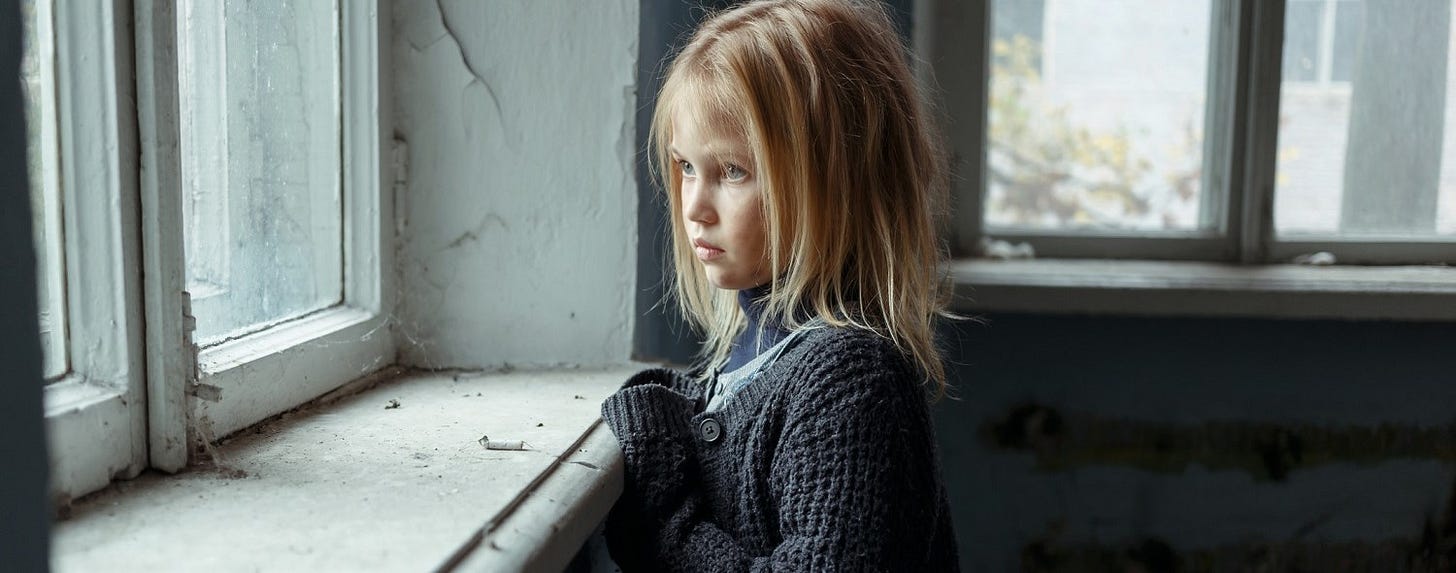New research: Benefits aimed at poor children literally pay for themselves
PLUS: Evaluating the latest big new idea for changing our tax system
Summary:
American research shows that when families get a $1,300 payment in their child’s first year, those children do measurably better at school and earn more in adulthood
As a result, the state gets more back in tax than it paid out in the benefits originally, refuting arguments that such payments are a fiscal problem
Separately, a new paper makes the argument for a tax on high-end property, as a way to discourage housing speculation and rapidly raise revenue
The surprising result of a natural experiment with payments to children
The state’s payments to poorer families are viewed by some as a major drain on the public purse. For others, there is an obvious counter-argument: the government, in the long run, recoups the cost of such payments – Working for Families and the like – because well-supported children turn into more productive adults who pay more tax.
The evidence for this view has strengthened in recent years. And one key piece of support comes from a 2022 American paper that seems to have received no coverage here in New Zealand.
The National Bureau of Economic Research paper, ‘Investing in infants: the lasting effects of cash transfers to new families’, cleverly exploits a strange design feature of America’s earned income tax credit (EITC), a key payment to low-income families. In the 1980s and 90s, the credit was paid to families in the calendar year after their child was born. Families of children born on December 31 would get a substantial EITC payment almost immediately, but the families of children born on January 1 would not be eligible for the payment for a whole year. This allowed the researchers to compare families that did get the payment in the first year of their child’s life – typically worth around US$1,300, or 10% of their income – with those that did not.
Keep reading with a 7-day free trial
Subscribe to Good IDEAs to keep reading this post and get 7 days of free access to the full post archives.




